What is Citizen Science?
Changing the world can seem like a daunting task in the face of ongoing climate challenges, pollution, and habitat loss, but it doesn’t have to be.
Citizen science is where members of the public, kids and adults, help collect data about the environment around them. This helps scientists learn more about things like invasive plants, water quality, and where endangered species are located.
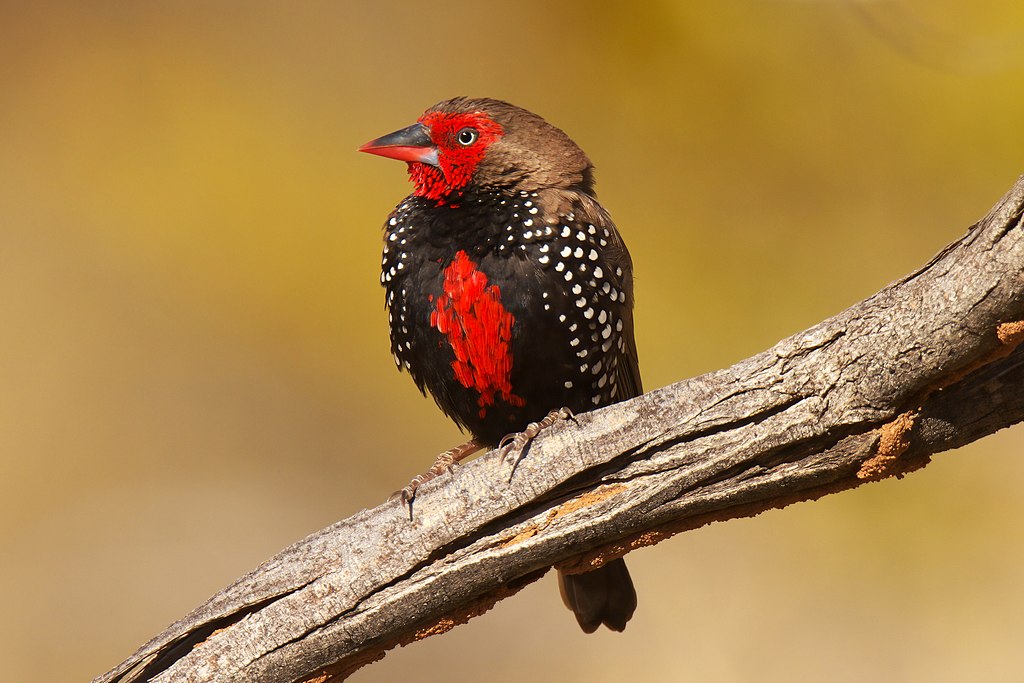
PotMart186, CC BY-SA 4.0
What's so cool about Citizen Science?
Without a degree, or years at university, you can improve human knowledge of our environment and even help find new animals! For instance, citizen scientists who uploaded their images to iNaturalist helped scientist Matthew Connors identify two new species. To commemorate the find, Matthew named one of the mantis species Inimia nat. (or I. nat) after the citizen scientist app.
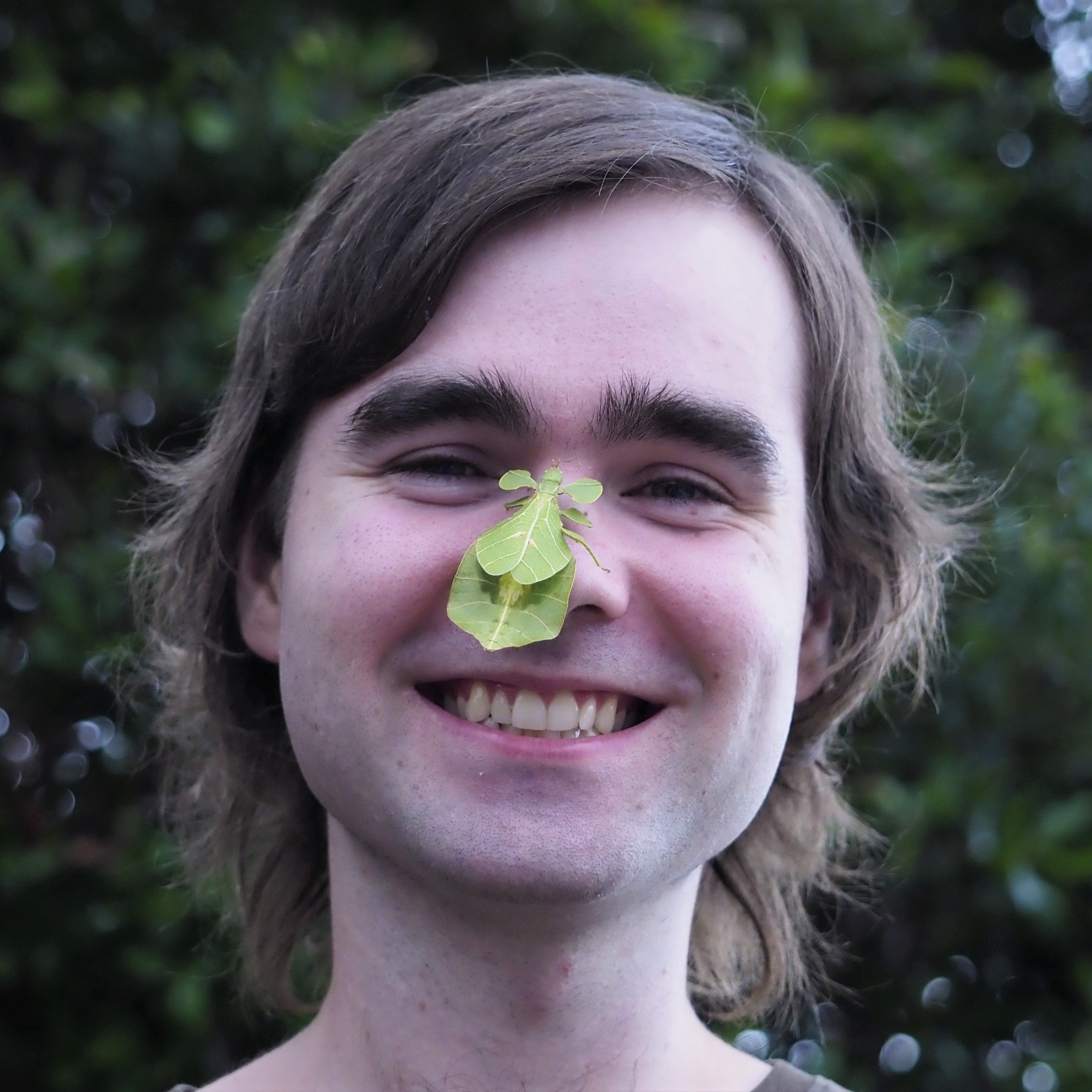
Matthew Connors loves making friends with insects!
Can anyone become a Citizen Scientist?
Science is for everyone. If you can engage in observations of the landscape, plants, and animals around you, then you can be a citizen scientist.
If you’ve read Dr. Sarah Pye’s series Wildlife Wong then you’ve already learned about kid-friendly scientific experiments you can do at home. In Wildlife Wong and the Sumatran Rhino, you might have even read about the Great Backyard Bird Count (every February) or Project Noah.
No matter where you live, there are apps and projects you can join to help scientists and conservationists working in the area.
Here are some more fun (and easy) ways to become a citizen scientist:
By uploading pictures of plants and animals to this app, you contribute to a large network of conservationists. Who then use the data to determine where species are popping up and how frequently—leading to more effective measures for protecting native species.
One thing to note, the iNaturalist app requires a user to be 13+. This makes it perfect for teens and adults. However, if you have younger children who want to be independent in their exploration, then Seek by iNaturalist is the perfect solution.
Designed without a user upload component, this app allows kids to identify the species around them by taking pictures and offers badges and challenges for finding certain plants or animals.
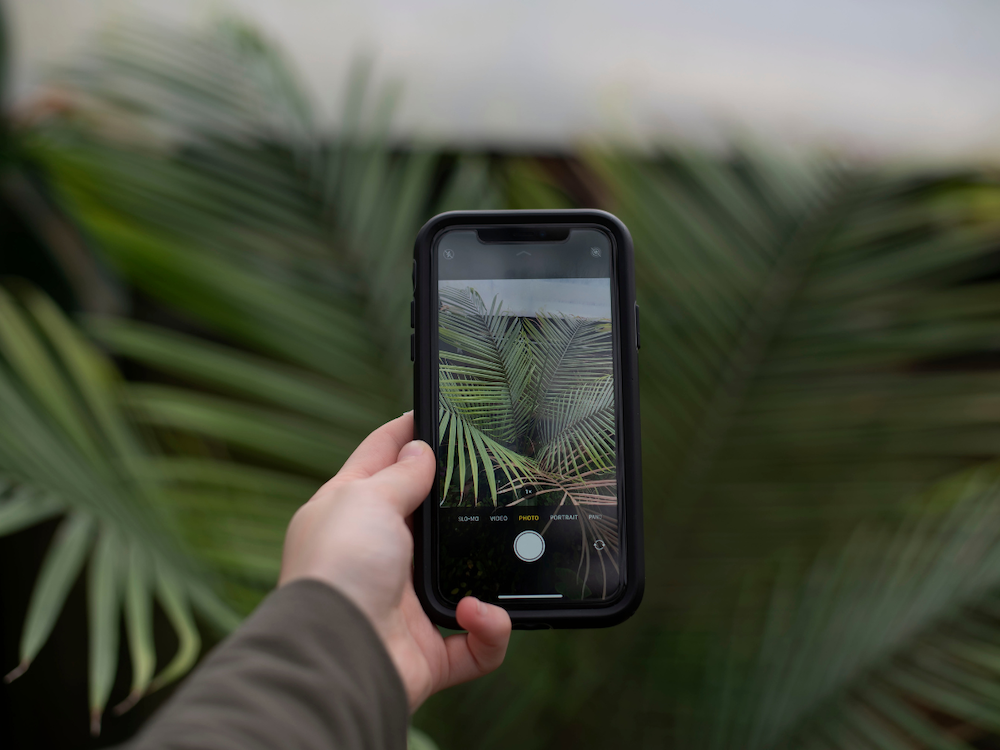
If you ever visit beaches, rivers, or lakes, this app is for you. Simply upload a picture of the water, and CSIRO scientists use it to track water quality, confirm satellite imagery, and answer questions about water health.
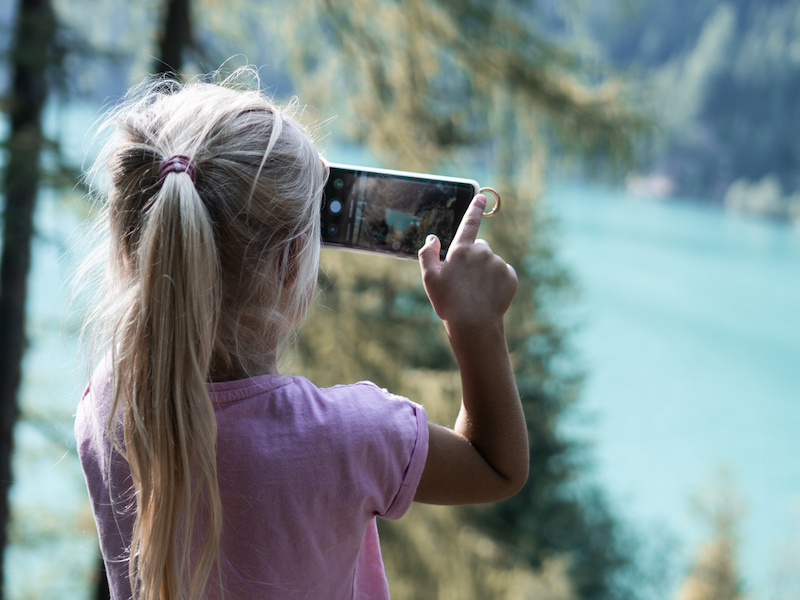
Fascinated by frog sounds? This app is dedicated to our hopping, amphibian friends.
Anytime you hear a frog ribbit or croak, open the app and record the call.
Your recording improves conservation efforts for endangered species as scientists use information about frog habitats to track populations over time.
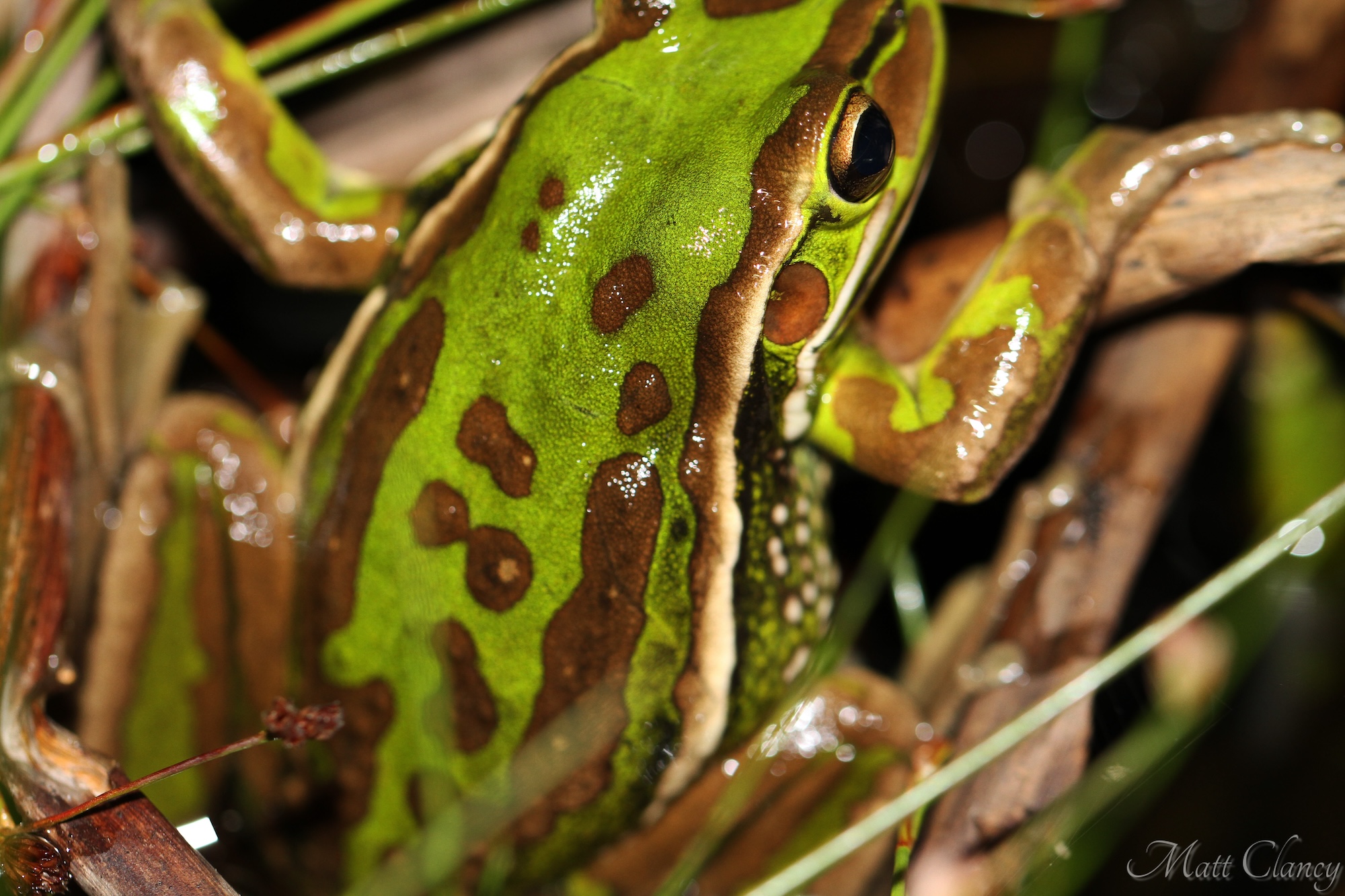
Matt from Melbourne, Australia, CC BY 2.0
And More...
There are hundreds of citizen science projects in Australia alone.
Find more by searching the Australian Citizen Science Association
Don’t forget to use filters to find projects that are child friendly, free, and near you.
Does Citizen Science actually make a difference?
Yes! Citizen scientists ARE making a difference, and their contributions pave the way for better protection of species and habitats.
In fact, it’s so important that Dr Sarah Pye’s next children’s series follows a young girl who never stops asking questions and discovers citizen science for herself. A perfect blend of kids’ fiction and non-fiction, the upcoming series follows the travels of fictional character ‘Curious Kai’ as she meets real scientists around Australia. One of the scientists is Matthew Connors who researches praying mantises and katydids!
Now it's your turn!
Not only is citizen science simple (and fun), but it makes a big difference. From gathering information about our oceans or animals to discovering unnamed species, the data that everyday people contribute allows scientists to ‘see’ things that might otherwise be missed.
What animal species would you like Curious Kai to investigate, and what crazy questions do you have about them?
Have your own favourite citizen science project? Let Sarah know in the comments.
- Blog post written by Jazmin Saetrang
